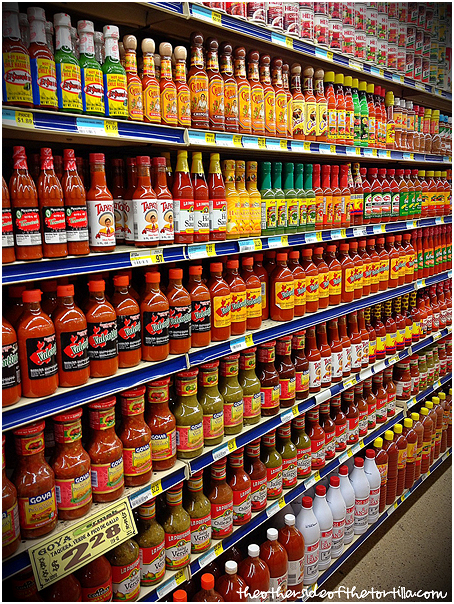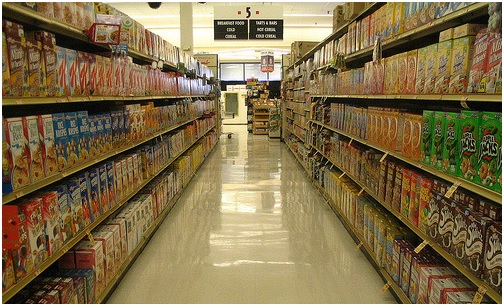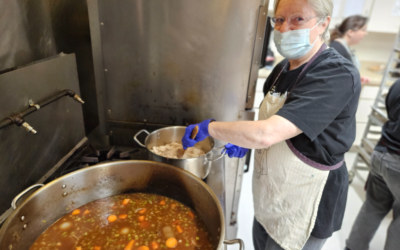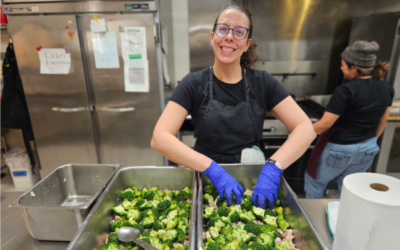 Have you ever stood in a supermarket grocery aisle flummoxed at the thousands of options of food in front of you? You are not alone. There are hundreds of varieties in every major category including cereals, condiments, crackers, and beverages. Unless you have already developed a strong preference for a specific item, the vast array of choices can be dizzying. How do you choose? Does this mean that you have the freedom of choice to get whatever you want or is this just an illusion of choice?
Have you ever stood in a supermarket grocery aisle flummoxed at the thousands of options of food in front of you? You are not alone. There are hundreds of varieties in every major category including cereals, condiments, crackers, and beverages. Unless you have already developed a strong preference for a specific item, the vast array of choices can be dizzying. How do you choose? Does this mean that you have the freedom of choice to get whatever you want or is this just an illusion of choice?
Many studies have shown that when we have too many options, it debilitates us instead of helping us make the right choice. In fact, people under these circumstances often end up making a poor decision based on emotions or superficial criteria. Also, studies have shown that we are less satisfied, not more, when we finally choose from a vast array of options. Psychologist Barry Schwartz, in his book “The Paradox of Choice”, explains that when it comes to our consumer life, freedom of choice does not make us freer, but more paralyzed and unhappy. The solution is not to have no choices, but having a smaller number of options to choose from and easy-to-understand information to compare products easily.
However, a bigger issue is not all the options that are there, but the options that are missing. What matters is not how many varieties of cereals we have. What matters, beyond some superficial differences of color, flavor and flashy labels, is that there are products that are made locally with real food (a funny thing to say about food unless you realize that there are so many packaged food items that have no real food), with whole ingredients, without a ton of added sugar, artificial flavors or colors, produced in an environmentally sustainable way, and made in a way that respects workers’ rights all along the food chain. Once you start looking for those details (good luck finding any information on them), it’s hard to find any product that meets those criteria. It’s only an illusion of individual freedom when we have the option to choose from hundreds of varieties of unhealthy foods, and none that we really care about. Having so many options in front of us just creates a false sense of free choice. Freedom of choice is not when we have thousands of options to choose from, but when we have the power to define our choices.
 Part of our educational programming at Hunger Intervention Program (HIP) includes grocery store tours. One of the goals is to help participants make sense of all those options available to them so that they can make a better choice. However, how much of this should be an individual responsibility to educate themselves, carefully read labels, and sort through hundreds of choices for each item to make better choices for their families? How many people have that kind of time to invest in everyday decisions like what jam or juice to buy? Of course, this is not just related to food. We are confronted with the same abundance of fake options everywhere, and only a handful of them, if any, represent real choice. Could we imagine a different system where the choice of our food options is defined by us and where we are not spending hours choosing between one unhealthy food over another? Surely we can do better.
Part of our educational programming at Hunger Intervention Program (HIP) includes grocery store tours. One of the goals is to help participants make sense of all those options available to them so that they can make a better choice. However, how much of this should be an individual responsibility to educate themselves, carefully read labels, and sort through hundreds of choices for each item to make better choices for their families? How many people have that kind of time to invest in everyday decisions like what jam or juice to buy? Of course, this is not just related to food. We are confronted with the same abundance of fake options everywhere, and only a handful of them, if any, represent real choice. Could we imagine a different system where the choice of our food options is defined by us and where we are not spending hours choosing between one unhealthy food over another? Surely we can do better.
I should note that the display of inordinate amount of choices at a grocery store is, of course, more at the packaged food section. The produce section, where most of our grocery shopping should come from anyway, is a lot less crowded and confusing. There are typically only so many varieties of fresh kale available at any given store!
We would have a different conversation if all those hundreds of varieties of items were produced by different independent companies. However, it’s only a handful of companies that own most of the products we see on the supermarket shelves. Food and Water Watch, in their Grocery Goliaths report (2013) found that in 32 of the top grocery categories, four or fewer companies controlled at least 75 percent of the sales. If that sounds like monopoly to you, that’s because it is. All these options give us an illusion of choice from competing brands, while they are actually owned by the same parent company. For example, as this article notes, “I Can’t Believe It’s Not Butter!, Shedd’s Country Crock, Imperial, Promise and Brummel & Brown seem to be competing margarine brands, but they’re all owned by Unilever.” As long as our food system and policies continue to be controlled by a few giant corporations, without any democratic control or oversight, it’s going to be hard to make any meaningful change. However, change does happen at unexpected times and in unexpected ways when people start to be aware and stand up for their rights. There is a growing movement to take back control of our food and while we may not see it right now, but change is on its way.






0 Comments